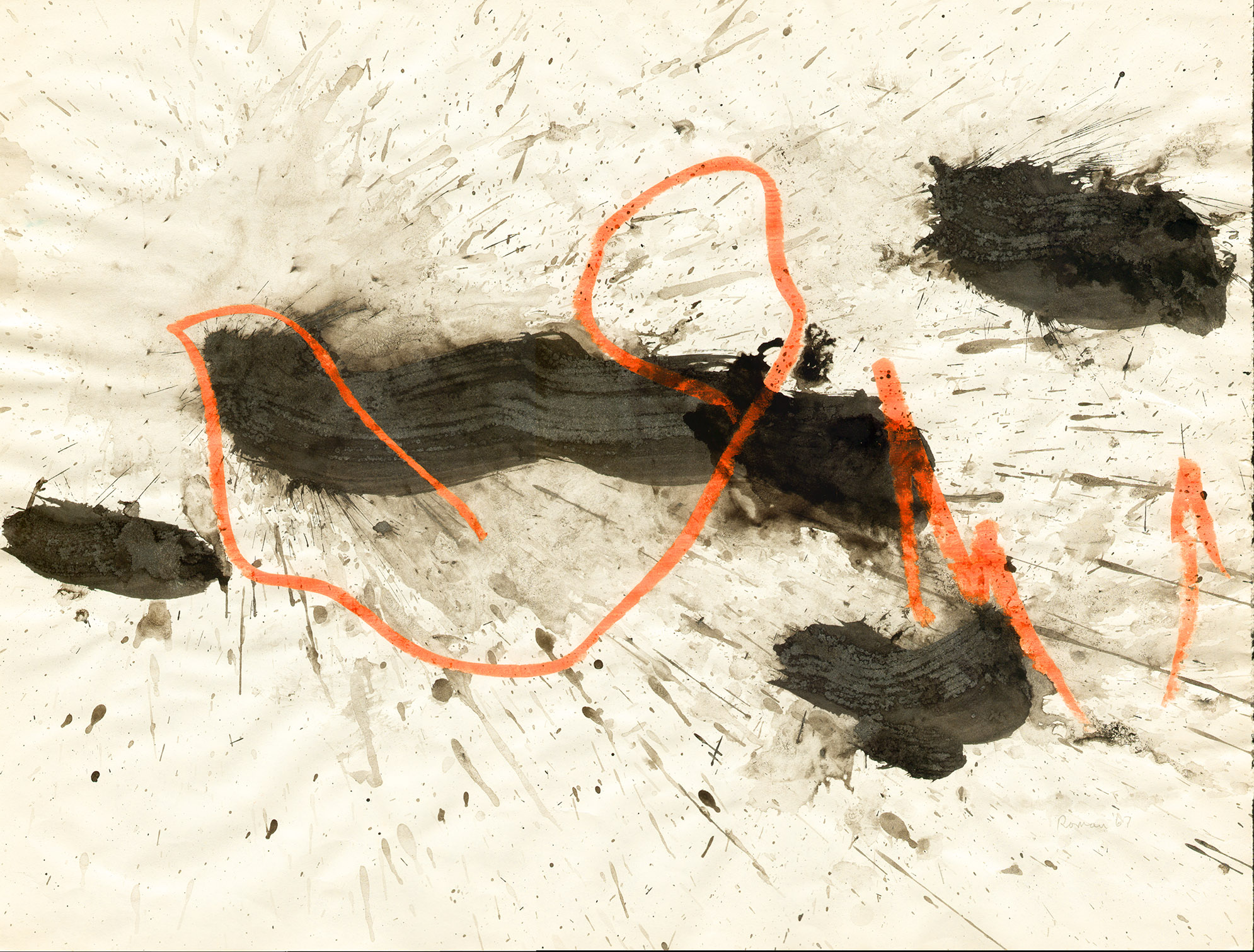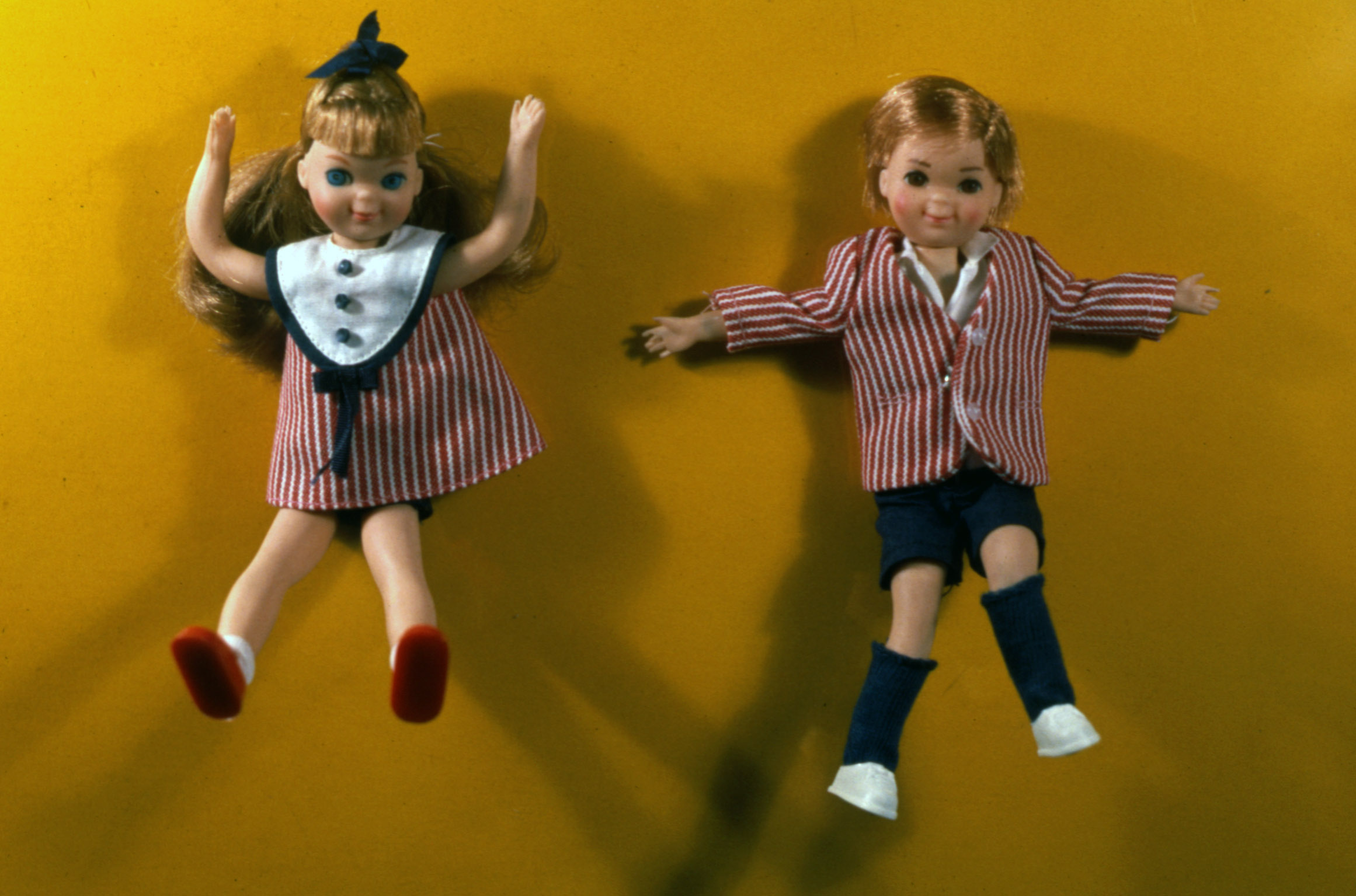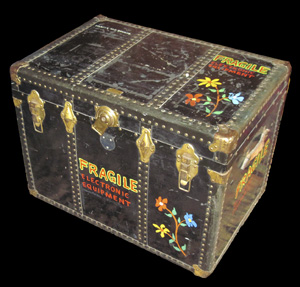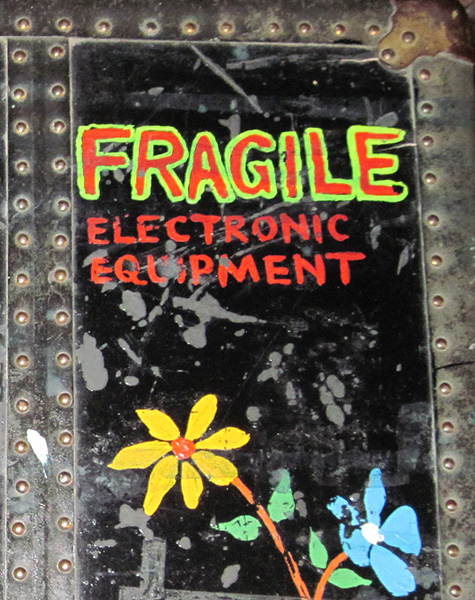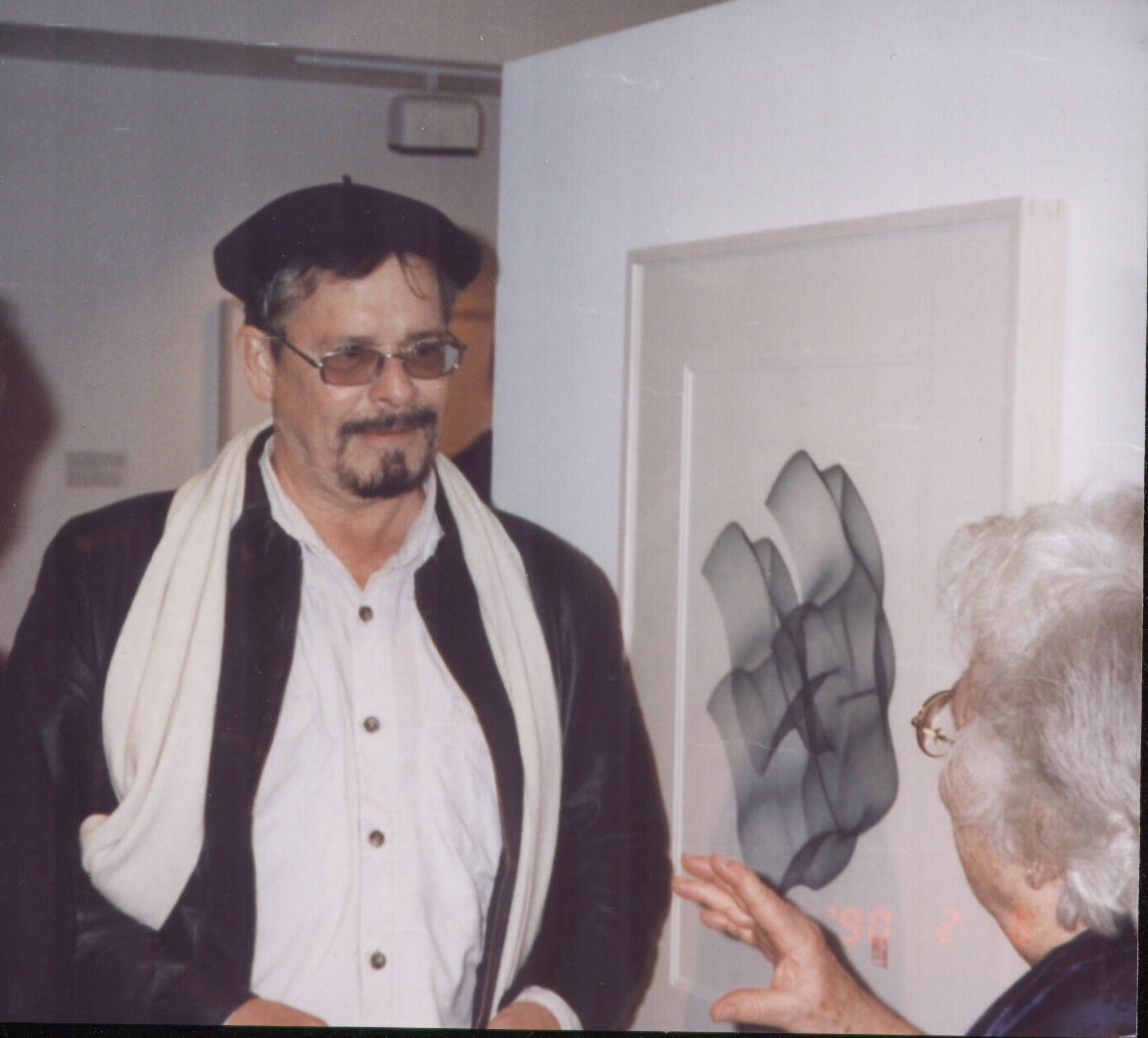Main Menu | Site Map | Search | Contact | Archive | History | Statement | Copyright
|
ElectronicSound &
Image in the 1960's. The 1960's cultural climate invited experimental programs with emerging electronic technology to heighten personal and group experience. With floor to ceiling projection, amplified sound and students seated on pillows, audio visual presentations created a vibrant shared experience. My psalms were created for a generation undergoing radical cultural change. |
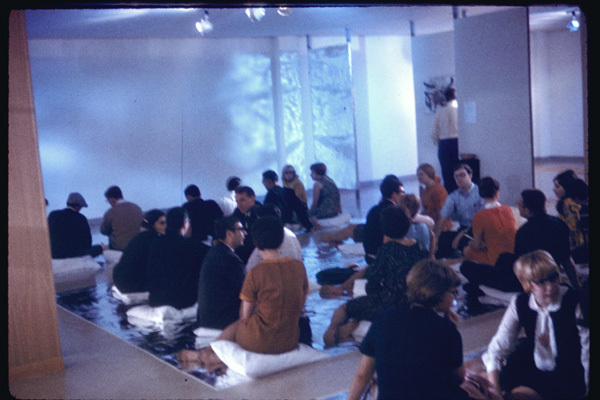
Presentation of the Psalms in Sound & Image, Seton Hill University, Greensburg, Pa., 1966.
|
|
Psalms in Sound and Image Five electronically synchronized Psalms in Sound and Image, were produced between 1966 and 1967 in my monastic studio at St Vincent Archabbey, Latrobe, Pennsylvania. .These audio visuals are songs of praise and wonder of the experience of life. |
